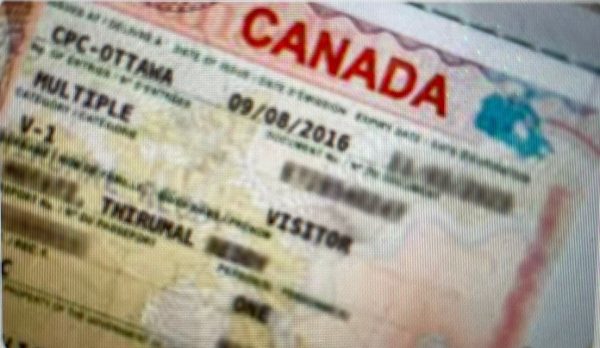Bhubaneswar: Even before Canada-India diplomatic relations hit a rough patch, Extremely low wages, sky-high rents, basement shared by groups of new students, buses packed with passengers not stopping by on some routes, especially in Ontario, dependence on food banks for groceries are some of the observations of the young and freshly out-of-school Indians about the living standards for international students in present-day Canada.
Indians comprise 40% of international students living in Canada, that is, roughly 2.4 lakh.
The ongoing diplomatic row between India and Canada has brought the spotlight on the working and living conditions for international students there. Over the past few months, there has been an acute problem of housing, food and jobs for the new students who got enrolled in Canadian colleges and universities this summer, and it has gotten only worse by the fall (September) intake, News18 reported.
Students blame colleges for expanding classes without having any accommodation facilities for international students as well as unscrupulous agents in India who have been selling a false dream to young students who just prepare to leave for Canada right after completing school. Also, the Justin Trudeau government has been facing flak at allowing its educational institutions to issue study permits to as many students without having enough infrastructure to support them.
Acute housing and work crisis started to unfold only in July-August this year, News18 reported immigration experts as saying.
“Canada has not been able to handle the influx of international students, as it doesn’t have the infrastructure in terms of housing or enough jobs to support the number of people that have joined its colleges and universities. While the Canadian government is looking at how to address the housing issue and strengthen its visa office in colleges is issuing fraudulent letters of intent to students. A lot of responsibility also lies with India to rein in its unlicensed, unscrupulous agents who dupe parents showing them a fake picture. So, many students get a reality check of the situation only when they come here while they were promised something totally different,” Manan Gupta, Regulated Canadian Immigration Consultant (RCIC-IRB) from Skylake Immigration, Brampton, Ontario, was quoted as saying.
Gupta also said there are talks of putting a cap on the number of students a Designated Learning Institution (DLI), an educational institution approved by a provincial or territorial government to host international students can enroll. But there is a huge variation in the quality of DLIs in Canada with a number of small, private career colleges, often running from a floor in a building, partnering with known universities just to lure students. Of late, there have been talks on how to strengthen the college-recognition system.
According to Gupta, despite the issues, students from India still want to move out to Canada. A lot of it has to do with parents as well, who just want to see their children settled here at any cost. Amid the recent tension between the two countries, there has been little second thought over the study destination while the majority still is the same. Only some parents have called asking us to pause study permit applications for a while.
Study abroad experts said 90% of those going from India, most of whom are from Punjab, followed by Gujarat, Haryana and Delhi, enroll in a college only to enter Canada and later get a work visa here. Most of these colleges offer one or two-year diplomas in non-futuristic courses such as community studies and business management. The students enrolling in such colleges with random courses are not pursuing any careers as such, but looking at ways of settling in. However, they are paying the fee for even such colleges four times of what Canadian students are paying, as the fee structures are different for international and domestic students, the report added.
This year, the Canadian government again changed the work-hour policy for international students back to 20 hours per week. Students can work part-time during sessions and full-time during scheduled breaks. But the wages have gone low.
With savings running out and no work, it’s getting even harder for students to survive. Running out of savings and the guilt of parents having taken loans to send their children to Canada weigh heavily on them. Groceries are expensive, so students rely on food banks.








